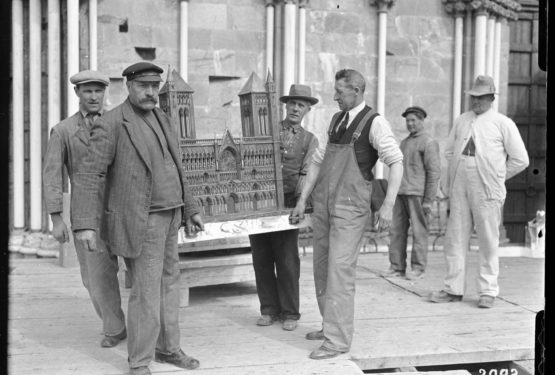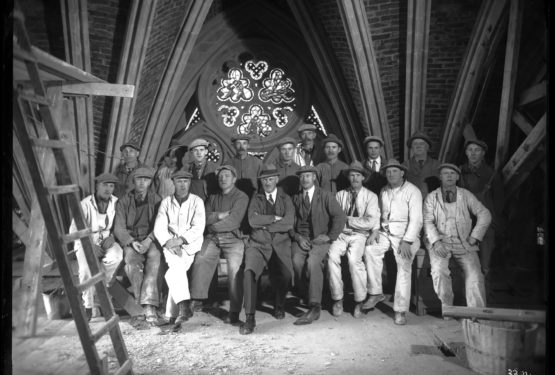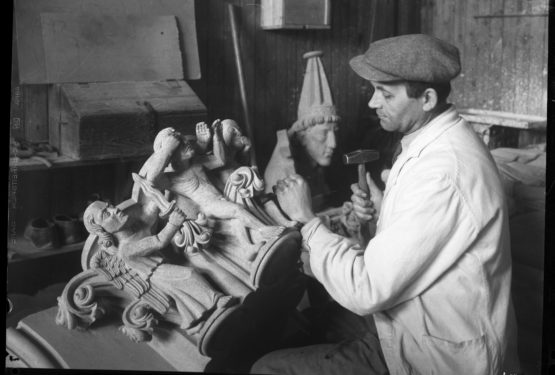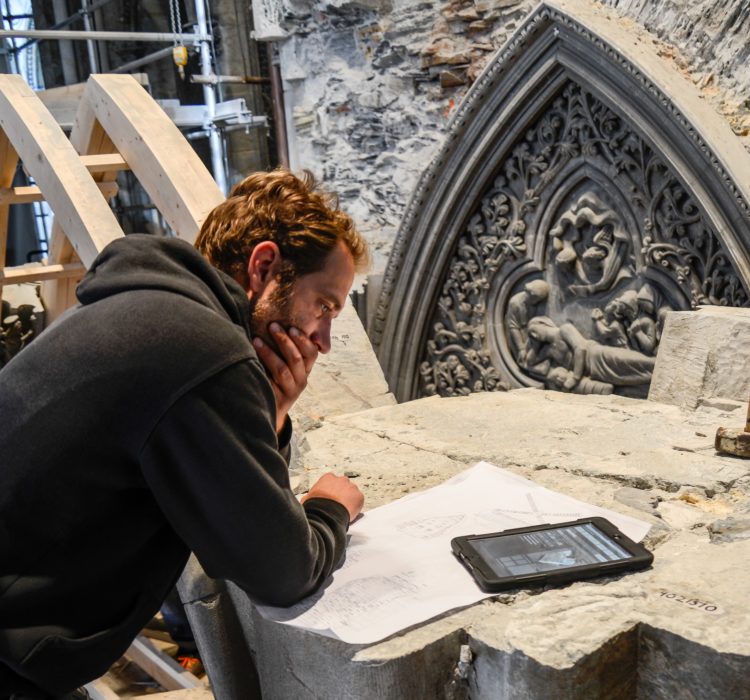The work on Nidaros Cathedral began in 1070 and was completed in all its glory around 1320.
The Cathedral was destroyed by fire
In 1537, the Lutheran Reformation was implemented in Norway. This had significant consequences for the Norwegian church organisation and for Nidaros Cathedral. Revenue from the archbishopric and pilgrimage traffic came to a halt. Nidaros Cathedral was no longer the centre of a large church province and instead became a parish church for half of Trondheim.
In 1531 the church was damaged by a catastrophic fire. Due to conflicts over the Reformation and the church's subsequent weakened financial situation, only parts of the magnificent cathedral were restored. The nave was left as a roofless ruin and became even more damaged after two new fires in the early 1700s.
Rise of national consciousness
With growing national consciousness in the early 1800s came demands for the restoration of Nidaros Cathedral. This became a symbol of the recreation of a magnificent past. The 1814 Constitution made Nidaros Cathedral a coronation church and the crowning of King Carl Johan in 1818 made it clear that the national shrine was in a miserable state.
In 1868 Norwegian Parliament, Stortinget, granted funds for restoration and work began the following year. Originally the plan was to restore the eastern sections of the church that were still in use. During the process workers found sufficient material from the original nave used in the old retaining walls to reconstruct this part of the church as well.
Restoration begins
A craftsmen's lodge was established and, in the early 1900s, around 100 craftsmen were working on the restoration of the Nidaros Cathedral. In 1969 the Cathedral celebrated one hundred years of restoration by declaring that the project was complete. The Restoration Workshop still exists, and craftspeople are still at work on restoration projects at Nidaros, using traditional craftsmanship methods.



